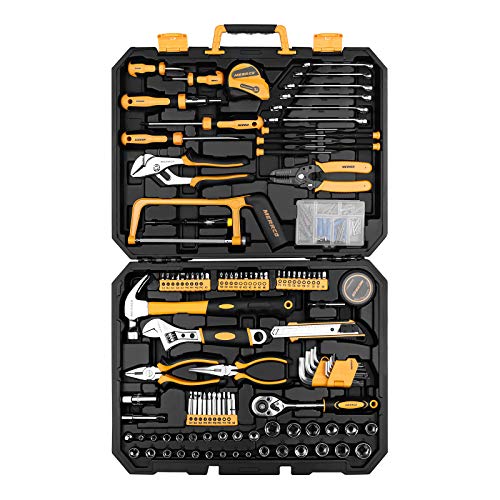PeterPiper
Well-known member
- Joined
- Apr 7, 2021
- Messages
- 399
- Reaction score
- 88
Has anyone used this? Seems like a pretty good solution. Not the cheapest though.
https://smile.amazon.com/Siless-Alu...dp/B085642G7M/ref=psdc_15709561_t4_B004PILLZG
[img=200x200]https://images-na.ssl-images-amazon.com/images/I/71fay4D+jHS._AC_SL1500_.jpg[/img]
[*]Closed Cell Foam: OIL and Waterproof AluFoil LINER closed-cell polyethylene foam with aluminum finish is the best for car, Siless with an adhesive layer 100% ensures optimum efficiency and thermal insulation that could be possibly gained. The price of 1 sqft of Siless Liner with similar characteristics is more then three times cheaper! Excellent quality for less money!!
[*]Heat Blocker and Vibration Deadener: Effectively blocks 98% of radiant heat transfer. Siless Liner is a very versatile insulation material with excellent thermal barrier properties that will block engine, exhaust, & summer heat, ensure your vehicle stays cooler in the summer and warmer in the winter, making your ride more pleasant!
[*]Lightweight, Waterproof: It is a waterproof light-weight thermal deadener with highly compressible closed cell foam formulation, it absolutely doesn’t absorb moisture and has no odor, and it’s flexible which make it easy to install with or without roller.
[*]The operating temperature of the material is the same as of the rubber foam up to 215 degrees Fahrenheit.
[*]SILESS ALUMINUM FOIL Liner specifications: Self-adhesive foam rolls (closed cell PE foam) with waterproof glue. Thickness 157 mil / 0.157 inches / 4mm. Number of rolls in the package - 1. Total coverage area - 36 ft². Each roll size - 15.74 x 330.7 inches.
https://smile.amazon.com/Siless-Alu...dp/B085642G7M/ref=psdc_15709561_t4_B004PILLZG
[img=200x200]https://images-na.ssl-images-amazon.com/images/I/71fay4D+jHS._AC_SL1500_.jpg[/img]
[*]Closed Cell Foam: OIL and Waterproof AluFoil LINER closed-cell polyethylene foam with aluminum finish is the best for car, Siless with an adhesive layer 100% ensures optimum efficiency and thermal insulation that could be possibly gained. The price of 1 sqft of Siless Liner with similar characteristics is more then three times cheaper! Excellent quality for less money!!
[*]Heat Blocker and Vibration Deadener: Effectively blocks 98% of radiant heat transfer. Siless Liner is a very versatile insulation material with excellent thermal barrier properties that will block engine, exhaust, & summer heat, ensure your vehicle stays cooler in the summer and warmer in the winter, making your ride more pleasant!
[*]Lightweight, Waterproof: It is a waterproof light-weight thermal deadener with highly compressible closed cell foam formulation, it absolutely doesn’t absorb moisture and has no odor, and it’s flexible which make it easy to install with or without roller.
[*]The operating temperature of the material is the same as of the rubber foam up to 215 degrees Fahrenheit.
[*]SILESS ALUMINUM FOIL Liner specifications: Self-adhesive foam rolls (closed cell PE foam) with waterproof glue. Thickness 157 mil / 0.157 inches / 4mm. Number of rolls in the package - 1. Total coverage area - 36 ft². Each roll size - 15.74 x 330.7 inches.









































































